
The Interstate Highway System’s future is threatened by a persistent and growing backlog of physical and operational deficiencies and by a number of large and looming challenges. Most of its segments are decades old, subject to much heavier traffic than anticipated, and operating well beyond their design life without having undergone major upgrades or reconstruction.
View this complete post...











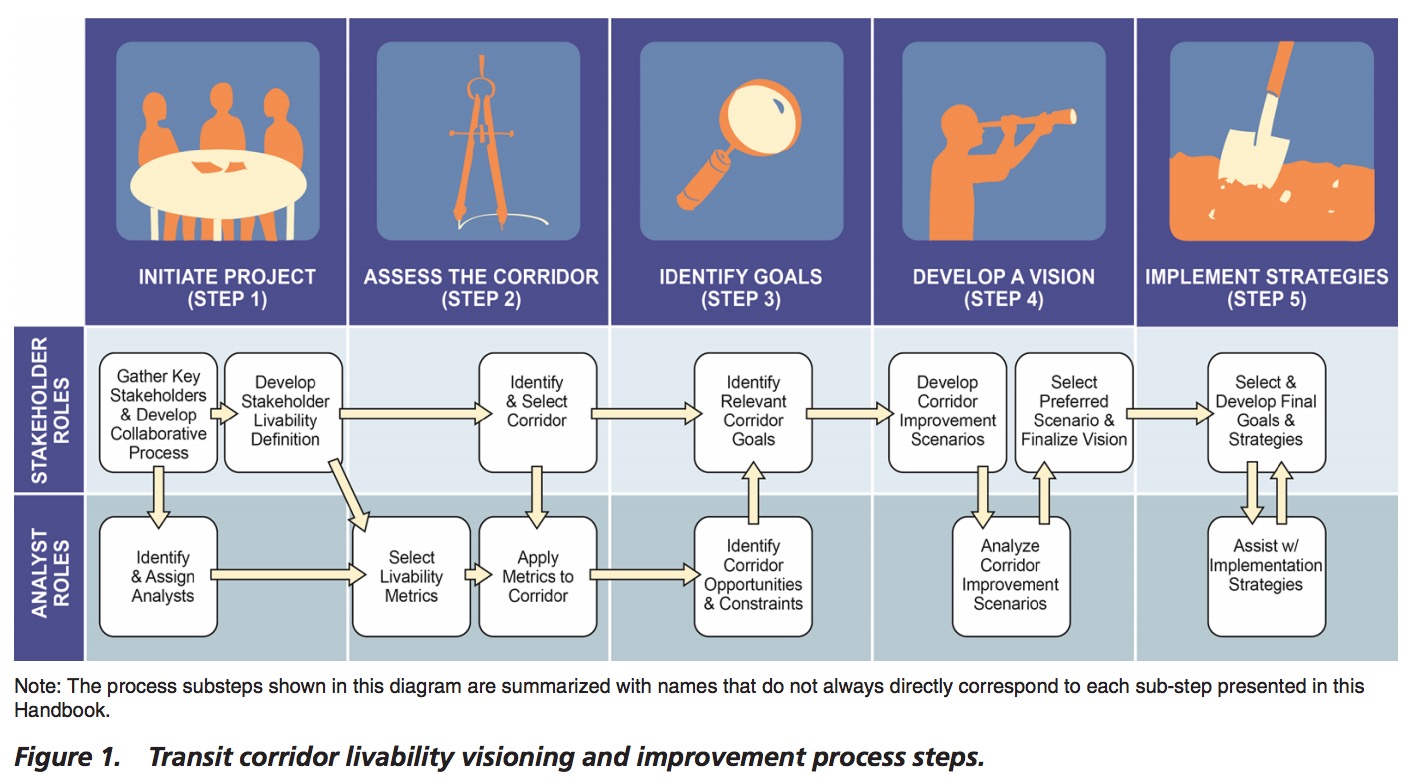
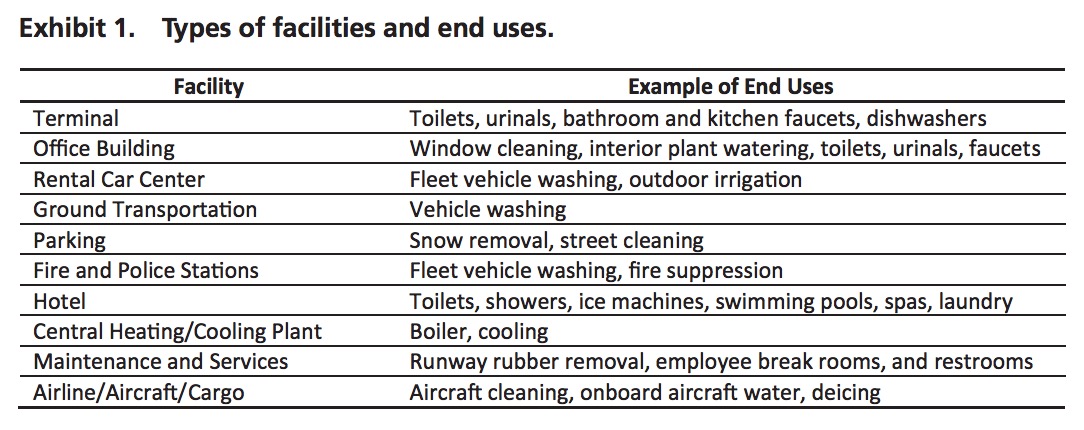
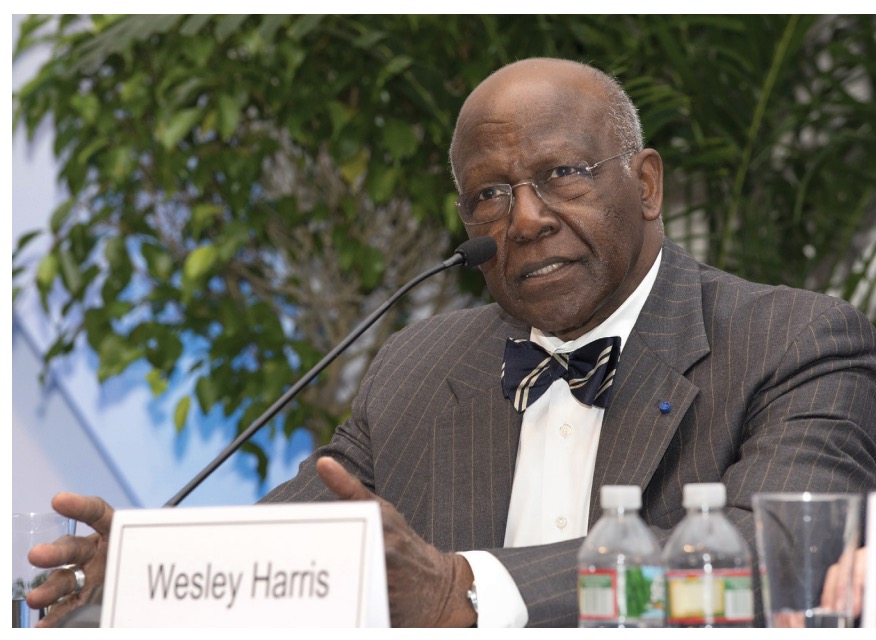
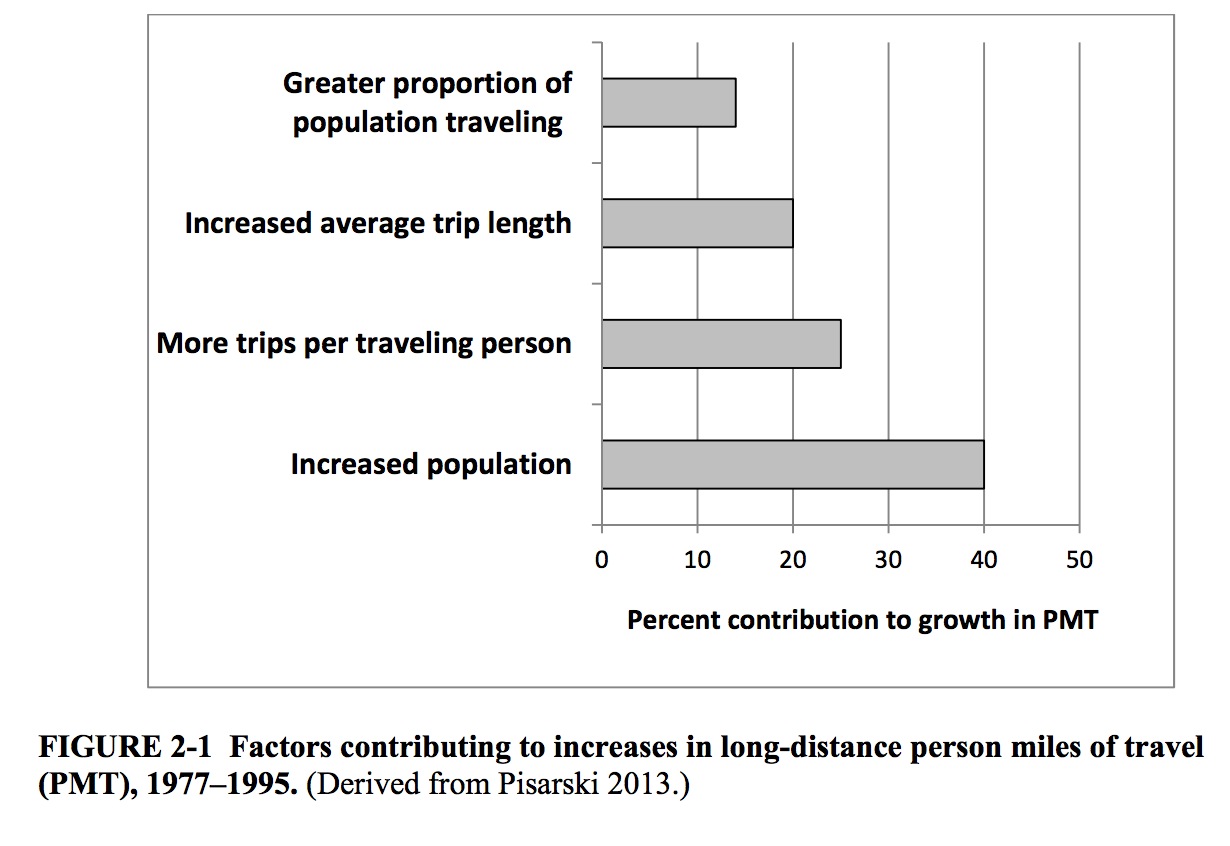
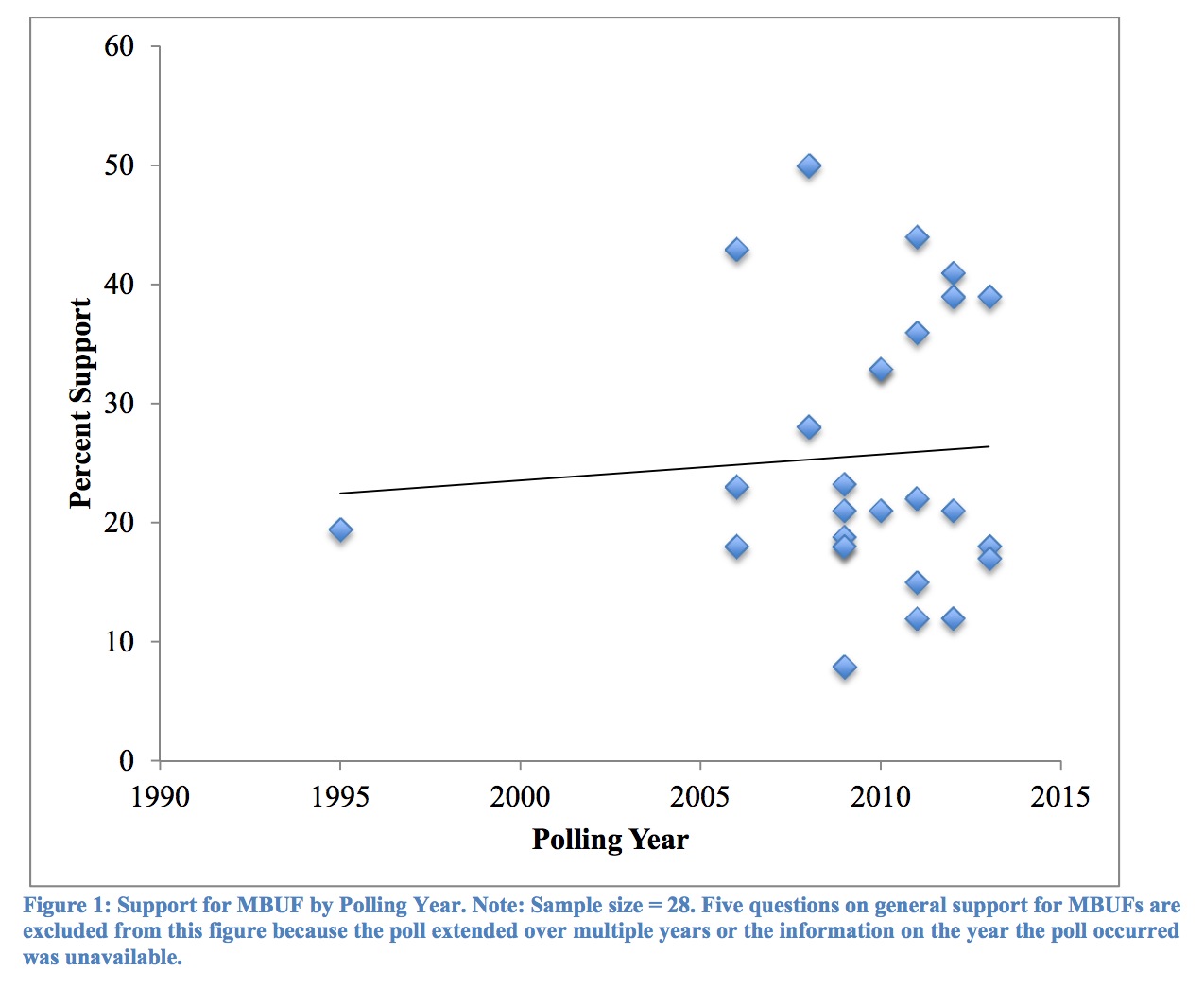

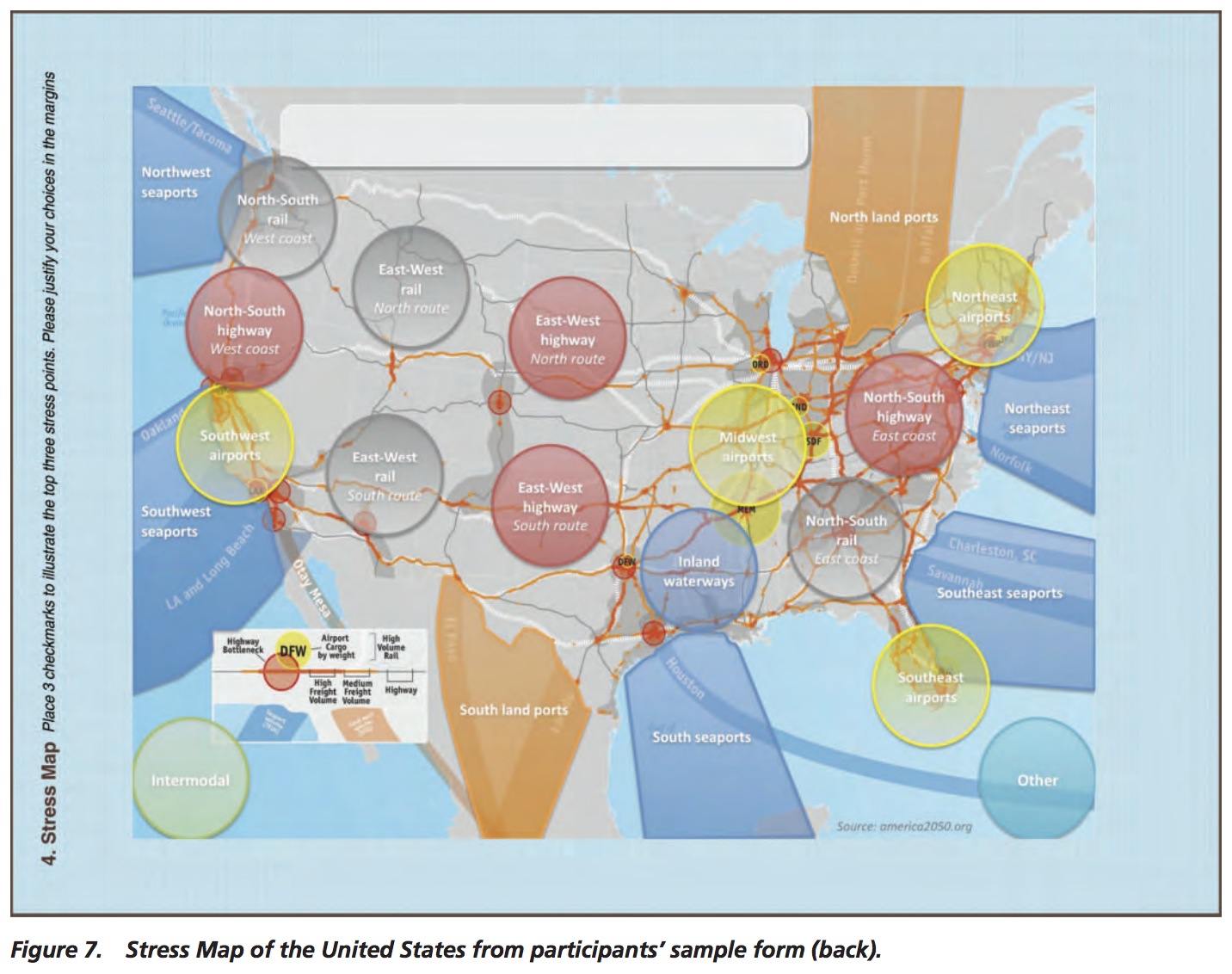
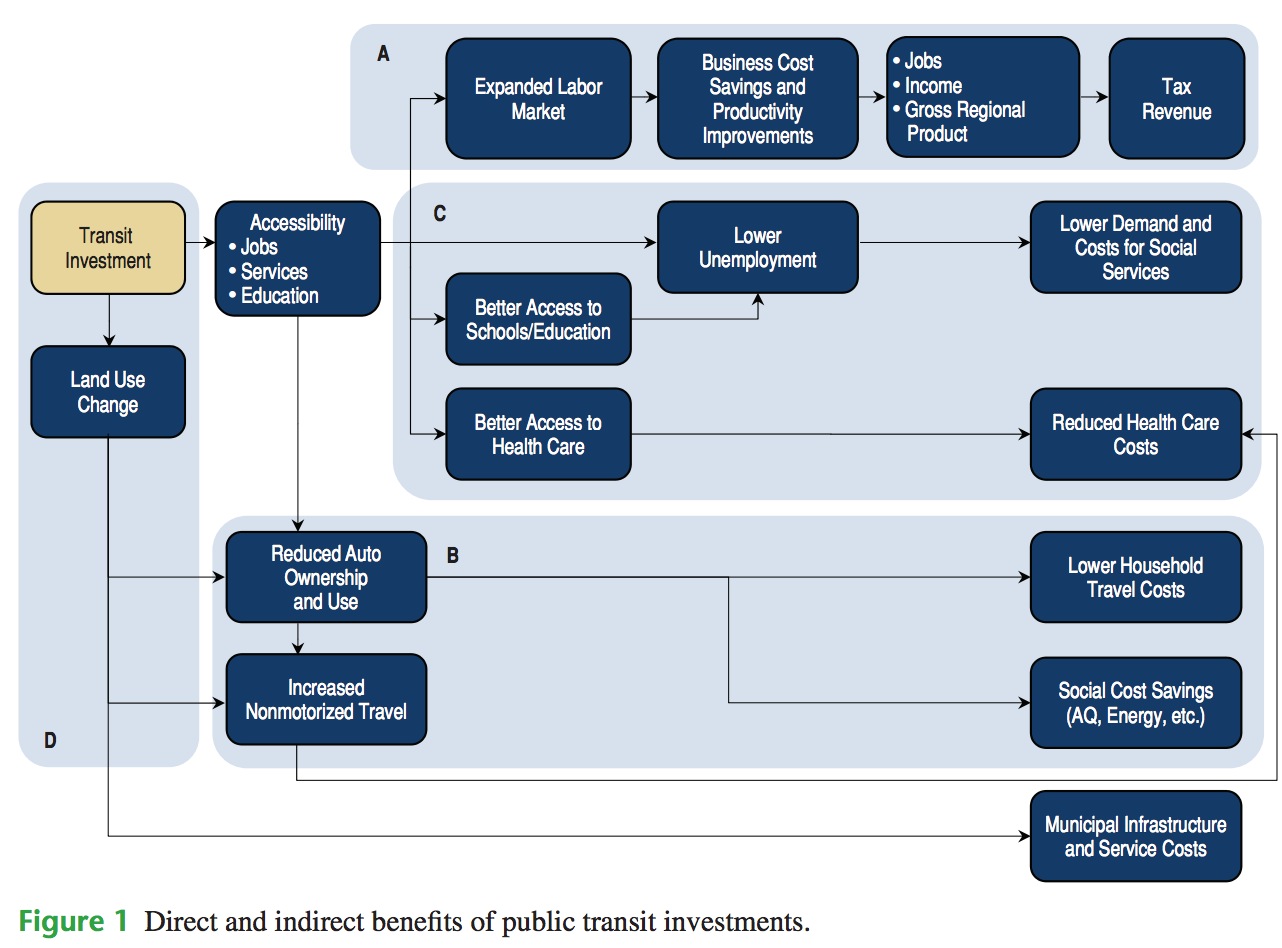

 RSS Feed
RSS Feed